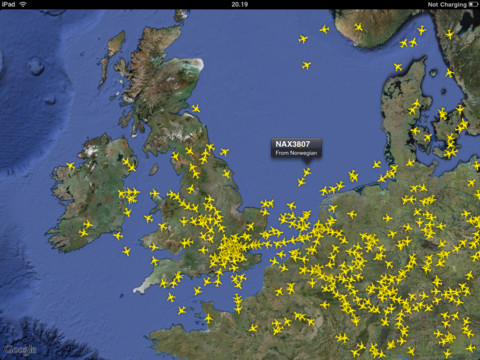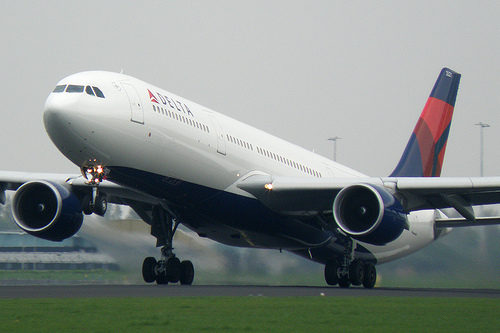
It can often be disconcerting for new people who meet me when they realise I’m a massive, anorak-wearing aviation geek. But aviation is something that unites us all. We all board those giant metal tubes with wings with a sense of excited trepidation. We all know the joys of miniature packets of peanuts and/or pretzels. We all hold our breaths as we barrel down the runway at 180mph before escaping the bonds of our mother planet to spend hours suspended at 39,000ft by nothing more than hope and complex equations. And we’ve all felt that interminable wait while a loved one blasts through the troposphere to distant climes praying for that text message to come in saying they “got down safely”. Flying is great and amazing and awesome. So, if you feel the same way, here is the Ultimate Plane Geek Toolkit…
FlightRadar24: LIVE Flight Tracking
The two sites I use for flight tracking are FlightRadar24.com and FlightAware.com. They each take a slightly different tack to flight tracking.
FlightRadar24 uses a visually-engaging embedded Google Map with aircraft icons floating over it. This information is live and is provided by a digital signal broadcast by (most) modern aircraft called Automatic Dependent Surveillance-Broadcast (or ADS-B for short). This signal can be picked up by ground-based receivers connected to the Internet and contains information about an aircraft’s location, heading, altitude, callsign, airframe registration, etc.
The data is provided by amateur enthusiasts (and a few commercial ones too) but anyone can buy an ADS-B receiver and plug it into the FlightRadar24 system. In fact, FR24 are keen to get greater coverage so are offering free receiver equipment to anyone living in certain areas of the globe. More information on that here.
Some aircraft don’t have ADS-B on-board. In particular, I’ve noticed that FlyBe don’t operate the equipment.
The reason ADS-B came about is to stop Air Traffic Controllers (ATC) from having to rely solely on their ground-based radars. Radar (or RADAR to use its proper name because it’s an acronym, for RAdio Detection And Ranging) is affected by things like weather, distance and electrical faults. So some smart alec decided if you’ve got a $150m flying computer cruising around the atmosphere, why not get it to tell you where it is?
Where FlightRadar24’s coverage stops, I switch over to FlightAware.com.
FlightAware.com
FlightAware is a comprehensive database of most flights taking off and landing around the world. While a lot of data comes from the Federal Aviation Administration’s (FAA) databases, it also provides real-time and near-realtime tracking for aircraft positions. This has led to the recording of some brilliant flightpaths…
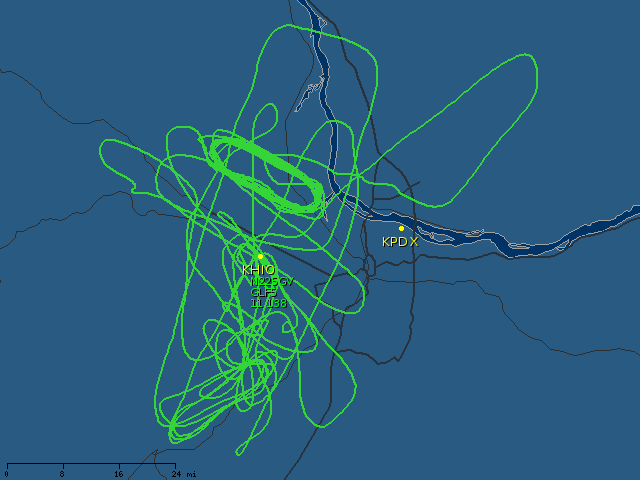
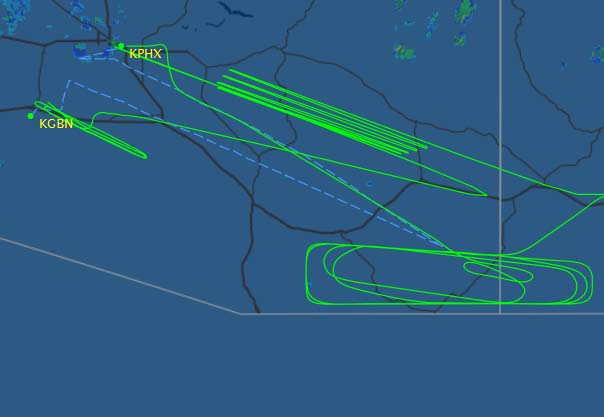
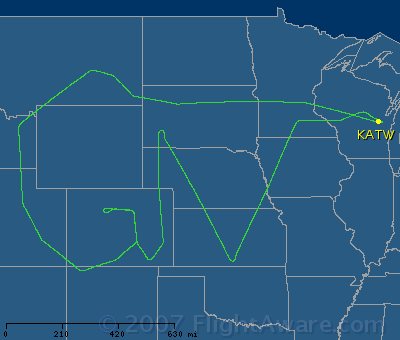
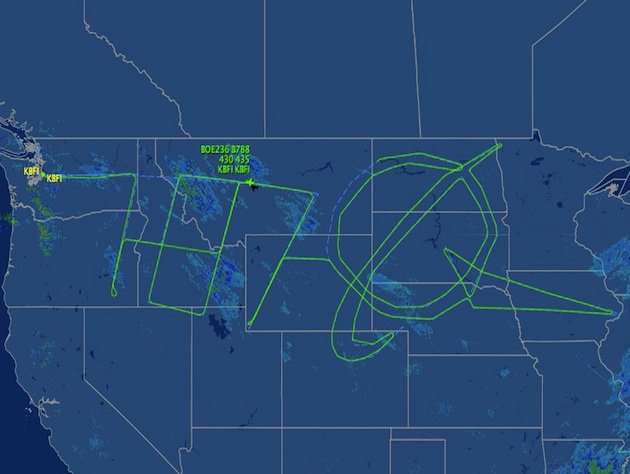
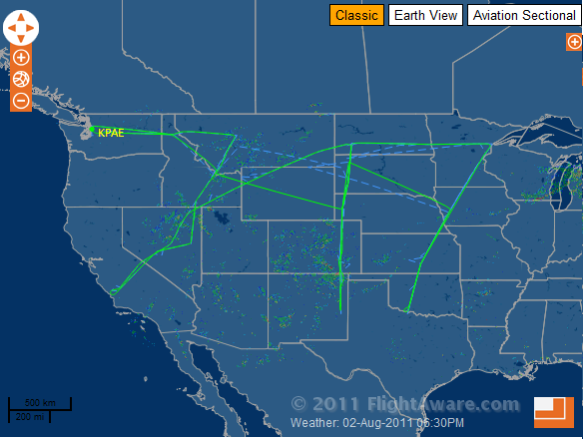
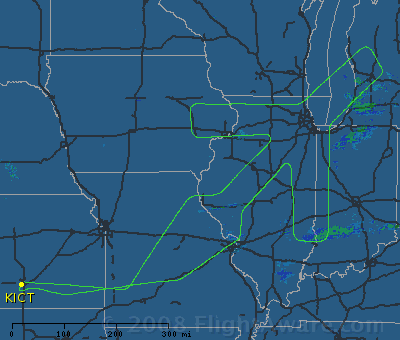
And then there’s the not-so-nice flight paths…
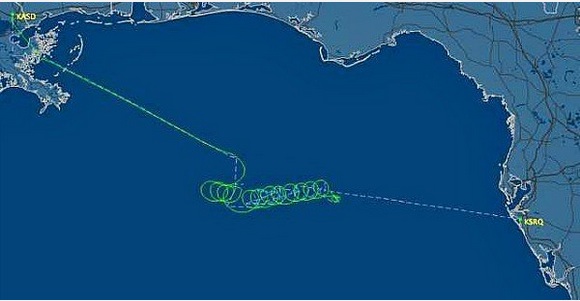
FlightAware also contains historical information about flights, so if you have a city pair, or a flight number, you can see what kind of aircraft is usually operating that route. If you have a holiday coming up, you’d probably like to see where on the giant metal bus with wings that you’re sitting. So that brings us nicely onto…
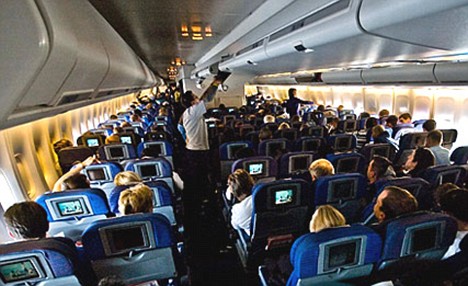
Seat Guru
Seat Guru contains a plethora of information about airlines, their fleet of aircraft and the configuration of seats on those aircraft.
If you have figured out the type of plane and airline you’re going on, and you’ve been given your seat number, you can use Seat Guru to see how good (or bad) your several hours of passive aviation will be.
Are you near the toilets that will inevitably break and stink horribly? Or at the very back of the long, skinny 757-300, which flight attendants lovingly call “the pencil”, which is so long and skinny that in turbulence, if you look down the aisle you can see the whole airframe flexing and twisting?
Or perhaps you’ve scored a seat up front with the toffs?
Seat Guru will give you the low down on the seat pitch (how much width and length you’re getting) and in-flight-entertainment. Also, whether you get a power socket under your seat or a free set of noise-cancelling headphones.
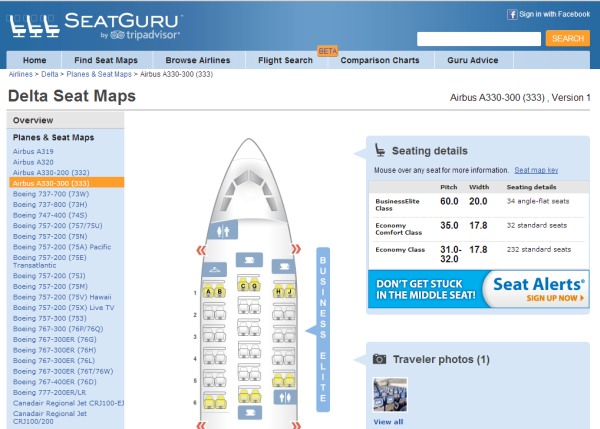
LiveATC: LIVE Air Traffic Control
So you know which airliner will be taking you on holiday. You know which seat you’re going to be in. But what you don’t know is how proficient in English the foreign airport’s Air Traffic Controllers (ATC) are.
(I know, it keeps me awake at night too).
But now there’s a way of finding out! For free! Across the interwebs! It’s called LiveATC.net:
LiveATC is a lot like FlightRadar24.com but with the air traffic control radio broadcasts instead of ADS-B. Containing a searchable list of over 770 live feeds you can hear LIVE radio transmissions from ATC and pilots from airports around the world, And not even just airports, but “en route” facilities – in other words, those ATC stations that control high-altitude airways where planes are cruising and not just taking off and landing – and also High-Frequency stations for those ultra-long-distance communications, such as those employed by Gander and Shanwick on either side of the Atlantic for communicating with planes doing transatlantic flying along the North Atlantic Tracks.
Airliners.net
So now you want to see a pictures of the aircraft that will take you on your much-needed holibobs. You can go to JetPhotos.net, or you can go to Airliners.net. Although each offers a great selection of aircraft photos I prefer Airliners.
Perhaps it is also the fact that the most active aviation forum on the Internet is also bolted onto the side of the immense photo database? To post you must pay a fee, so you often find industry workers (rampers, pilots, flight attendants, flight dispatchers, ATC, etc) offering amazing insights into the operations behind getting you and that ancient fabric suitcase to Benidorm and back.
PPRuNe
Speaking of active aviation forums, PPRuNe (pronounced Pee-Prune), which stands for “Professional Pilots’ Rumour Network” is also another source of aviation knowledge. This forum is broken down by geography, category, sub-industry, airline, and more. PPRuNe is usually slightly ahead of Airliners.net for breaking news.
Other Plane Geek Links
And finally, some more links worth checking out if any of this has piqued your interest in aviation:
- http://www.airplanegeeks.com – Airplane Geeks Podcast – (listen out for me on episode 135!)
- http://kpae.blogspot.co.uk/ – KPAE – Paine Field blog. Some amazing photos from Boeing’s Renton facility.
- http://www.nycaviation.com/ NYC Aviation – a great aviation news/blog site
I’ve got a horrible feeling I’m missing something out, so I’ll come back and update this when I figure out what that is :).
Happy flying!

